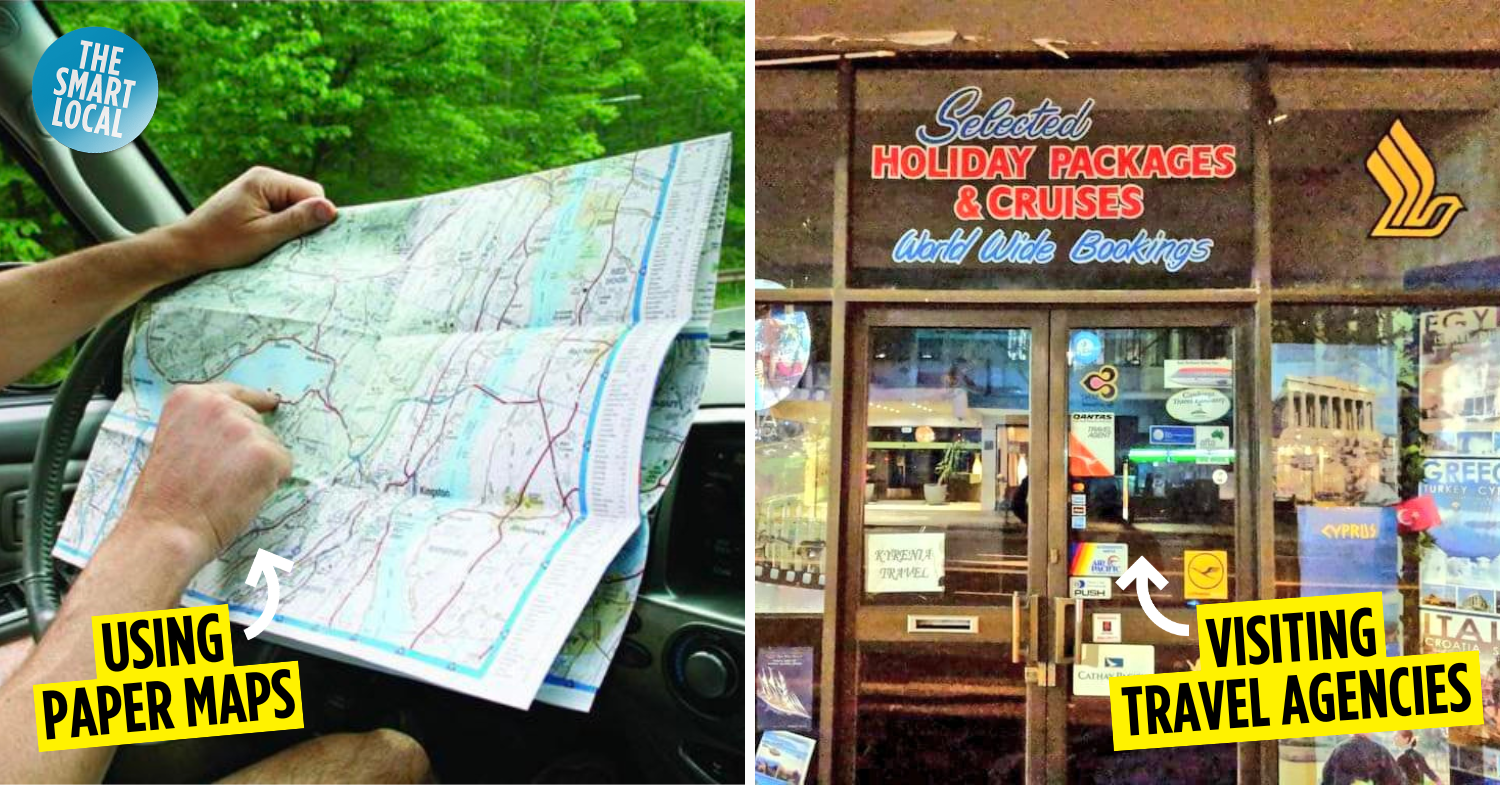Things we used to do when travelling before smartphones existed
Travelling in this day and age cannot get any easier; you’ve got navigation apps to aid the directionally-challenged, while e-wallets have made carrying cash obsolete. After all, we can count on our all-encompassing smartphones when we’re strangers in a strange land, but that has not always been the case.
When I recall travelling as a kid, I remember just tagging along for the ride, as my parents seemed to have everything sorted out for us. On second thought, it’s nothing short of a miracle that they made sure our holidays proceeded smoothly without the help of modern luxuries like the Internet.
From counting on paper maps to cashing in traveller’s cheques, here’s what they had to deal with while travelling in the past, pre-smartphones.
Table of Contents
- Things we used to do when travelling before smartphones existed
- 1. Booking everything via travel agents
- 2. Contacting loved ones back home via hotel phones & postcards
- 3. Calling for taxis with the help of hotel concierges
- 4. Using cameras & camcorders to capture family moments
- 5. Bringing physical copies of guidebooks
- 6. Referring to paper maps as navigation apps were not a thing
1. Booking everything via travel agents

Image credit: @oldshopsoz via X
Before you even made your merry way onto your planes, planning holidays back in the good ol’ days wasn’t as self-directed and straightforward as today. Without the help of a computer and the Internet, many of our parents engaged travel agents to plan everything.
I remember my mom coming home from the travel agent with heaps of travel brochures all decorated with pretty pictures of distant lands. We’d all gather round the table to put together a list of places to visit, and then my parents would have the travel agents work their magic
Do we miss all that? Probably not. Now we can plan and book every aspect of our trip, whether it’s plane tickets, accommodation, tours, restaurants, and admission to tourist attractions, all from our smartphones and tablets. If you’re especially resourceful, you can even solely depend on AI tools which are accessible online or via apps to help craft your next itinerary.
2. Contacting loved ones back home via hotel phones & postcards
With the invention of fuss-free data roaming plans, keeping our friends and family updated on our overseas escapades has never been easier. Telcos like Singtel have affordable options like their ReadyRoam plans we can rely on today that we can activate before our trips, but checking in with loved ones while we were away was pretty troublesome back then.
My parents used to round up the whole family around the hotel’s landline while calling my grandparents back home in order to make passing around the phone quicker. After all, they were literally paying by the minute for those international roaming calls.
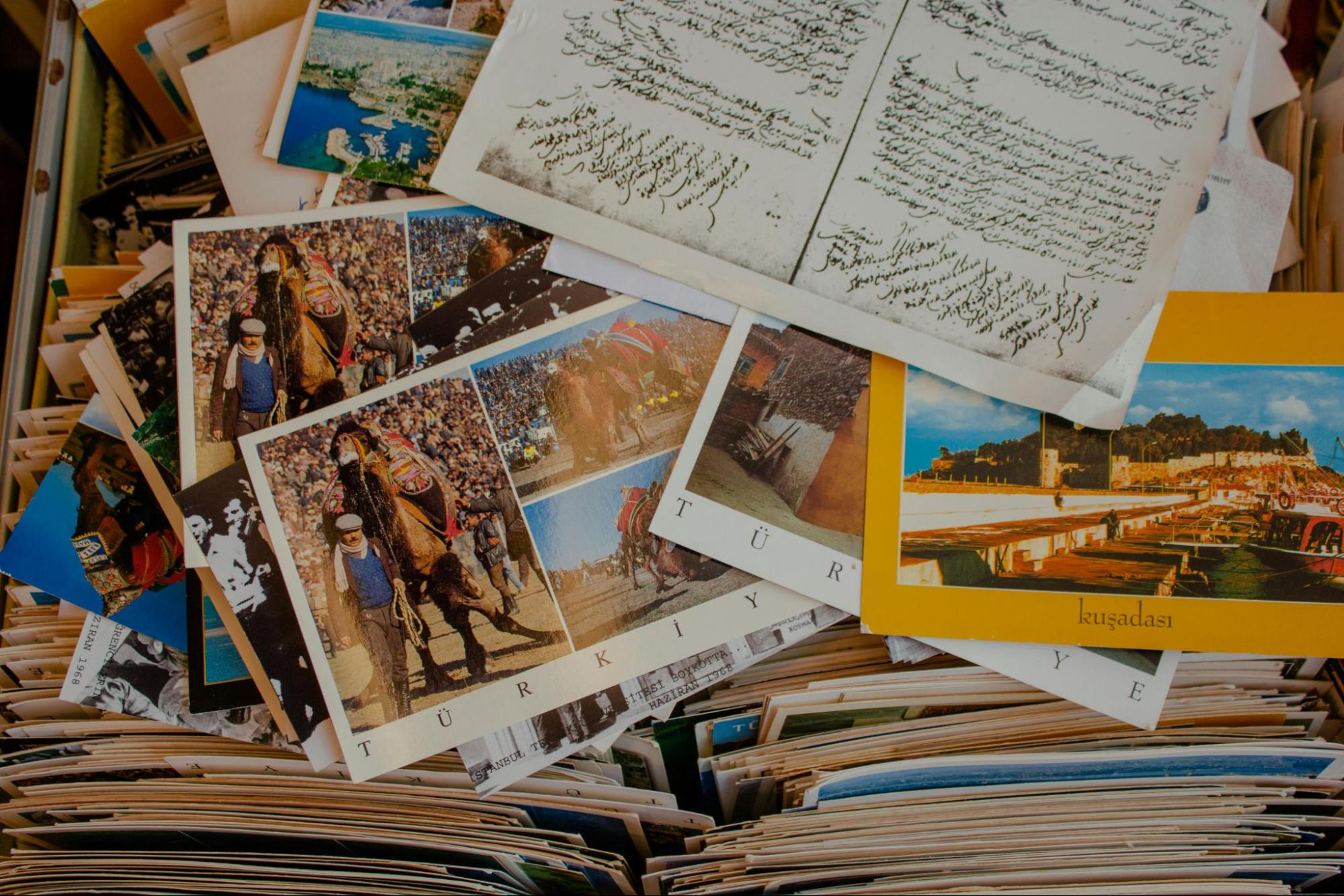 Image credit: Pexels
Image credit: Pexels
For those still wanting to check in but didn’t want to splurge, we’d use the traditional way of mailing postcards home. The joy of getting one in the mail was unmatched, and we would hurriedly pin them on the fridge for months at a time, held up by those tacky souvenir magnets.
3. Calling for taxis with the help of hotel concierges
Back in the day, hopping into a cab in a foreign country where we didn’t speak a lick of the driver’s local language was a one-way ticket to get scammed. The taxi meters more often than not weren’t running, and according to my parents, you know they’ve got you when the cabby opens with “my friend, special price for you.”
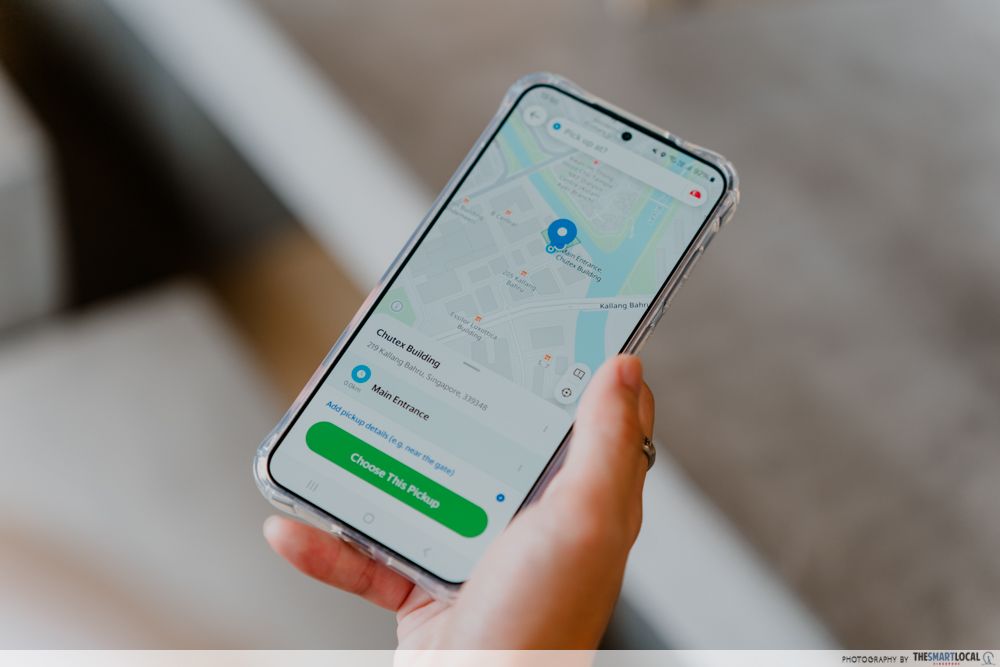
As such, we depended on our hotels to book taxis at a reasonable price. The hotel concierges would link us up with the taxi companies, and arrange for a cab to pick us up from the hotel lobby. Prices and destinations were decided on before the trip began, and off we went.
Now, we can rely on the power of network connectivity to call for cabs in the palm of our hands, through ride-hailing apps like Grab when we’re abroad. Likewise, we no longer have to squabble with taxi drivers over the fares as they are predetermined, and so gone are the days we had to succumb to surprise surcharges.
4. Using cameras & camcorders to capture family moments
Remember when cameras used to be on our packing list? Back in the day, our parents were designated with clicking the shutter and rolling back the film. Meanwhile, our infant fingers were only entrusted with disposable cameras. The thrill of it wasn’t so much taking the actual photos; but rather, seeing the results when we finally developed the film.

Special shoutout to uncles and aunties who used to document every waking moment of the trip with their handheld camcorders, making for great feature-length viewings years down the road.
Image credit: Pexels
While a part of me misses filling out family albums with physical photos, the convenience of taking pictures with smartphones is a welcomed change. Today’s smartphone cameras have capabilities that produce stunning photos with the tap of a screen – case in point, Samsung Galaxy S24 Ultra’s 200MP main camera.
The photo editing apps of today have also come a long way. Not only are you able to tinker with the nitty gritty like exposure and white balance, the Galaxy AI features found on Samsung’s Galaxy S24 series of smartphones can intelligently remove objects or enhance your pictures in a jiffy.
5. Bringing physical copies of guidebooks

Image credit: Khoo Yong Hao
Travel guides: these were a must-bring for whenever you travelled. We just had to get our hands on Lonely Planet guidebooks, as they were essentially travel bibles of the past, and made for great reading material whenever you were in for a long-haul flight
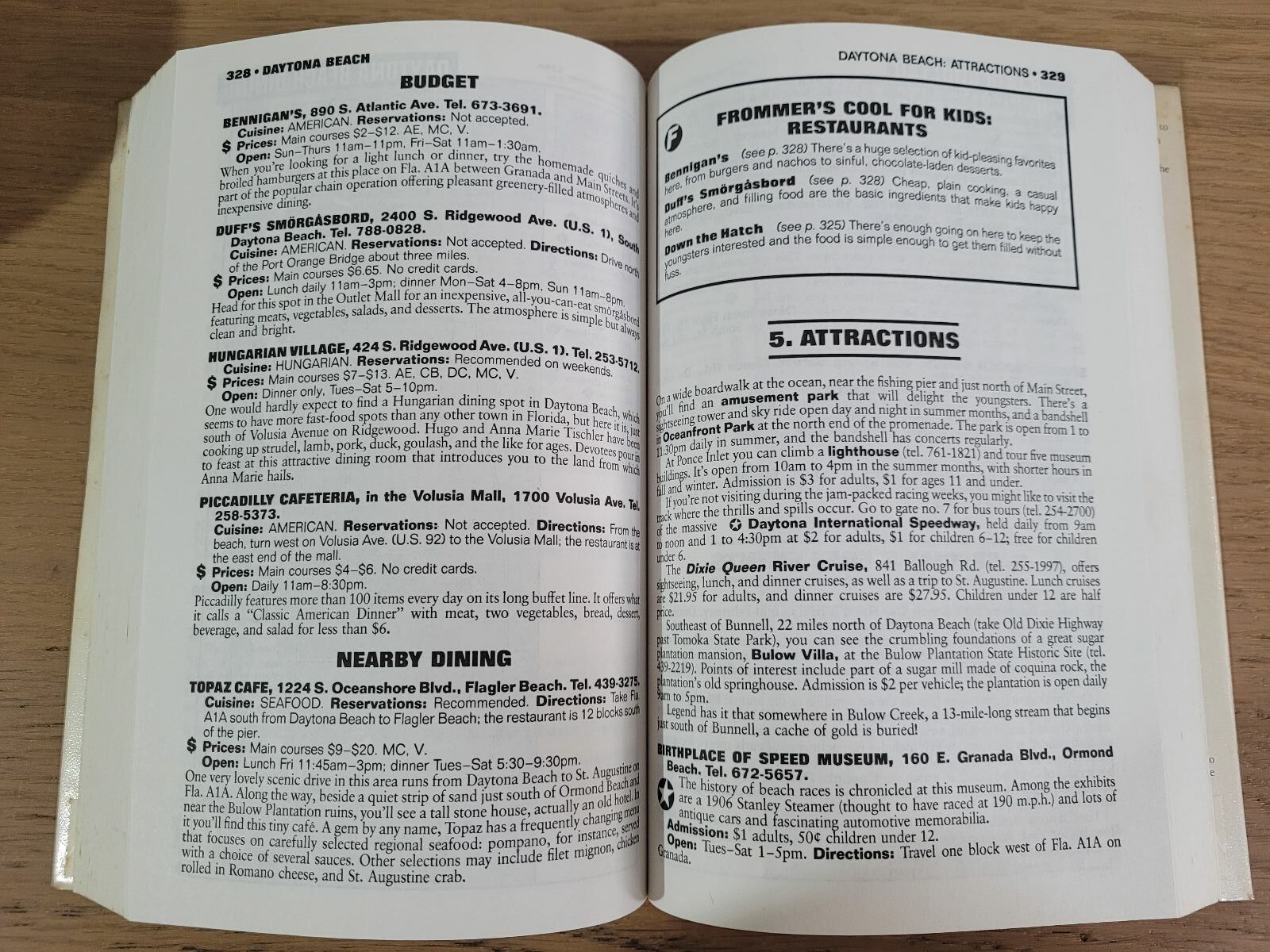 Prices, contact numbers, directions, opening hours; these travel guides had everything. The wordy pages weren’t too easy on the eyes though.
Prices, contact numbers, directions, opening hours; these travel guides had everything. The wordy pages weren’t too easy on the eyes though.
Image credit: Khoo Yong Hao
They would come packed with all the info we’d ever need during our travels; public transportation guides, accommodations, restaurants, and even travel scams to watch out for. These guides even came with commonly used local phrases, but we opted for awkward hand-signing and broken English as we didn’t want to butcher the local vernacular.
Fast forward to current times, and you’ll find that essential travel information can be retrieved directly from the Internet using our smartphones, making them our digital travel guides of the 21st century.
Today, planning a roadtrip in unfamiliar territory is no biggie. All you have to do is whip out your phone, open a navigation app, key in your destination, and drive. Back in the 1990s? Not so much.
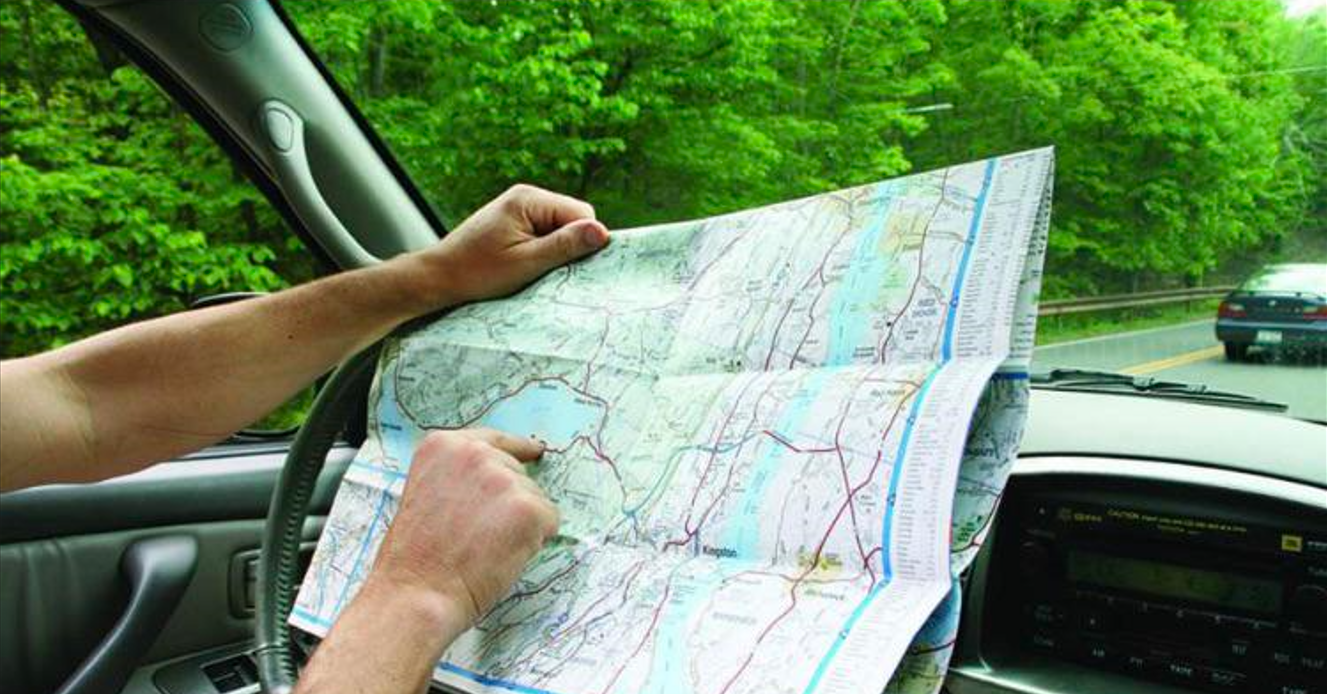
Image credit: u/UnderDog_1983 via Reddit
The scene commonly went this way: your dad is driving, with your mum consulting their handy – and very large – map on which direction to take. Perhaps you were even tasked with the near-impossible task of folding that map back into its brochure-sized shape.
It wasn’t uncommon to make stops to ask locals which way to go; gas stations were my dad’s favourite spot to fish for directions. Also, international restaurant chains were great to swing by too, as the staff most likely spoke English and would be able to help you with finding your way.
Level up your holidays with a trusty AI-powered smartphone
Travelling in today’s modern context has never been easier as compared to the days of yore, all thanks to technological marvels like the Samsung Galaxy S24 Ultra. The AI smartphone deals with the menial while you have the time of your life, whether that means kicking back on the beaches of Bali or spending quality time with those who truly matter back home.
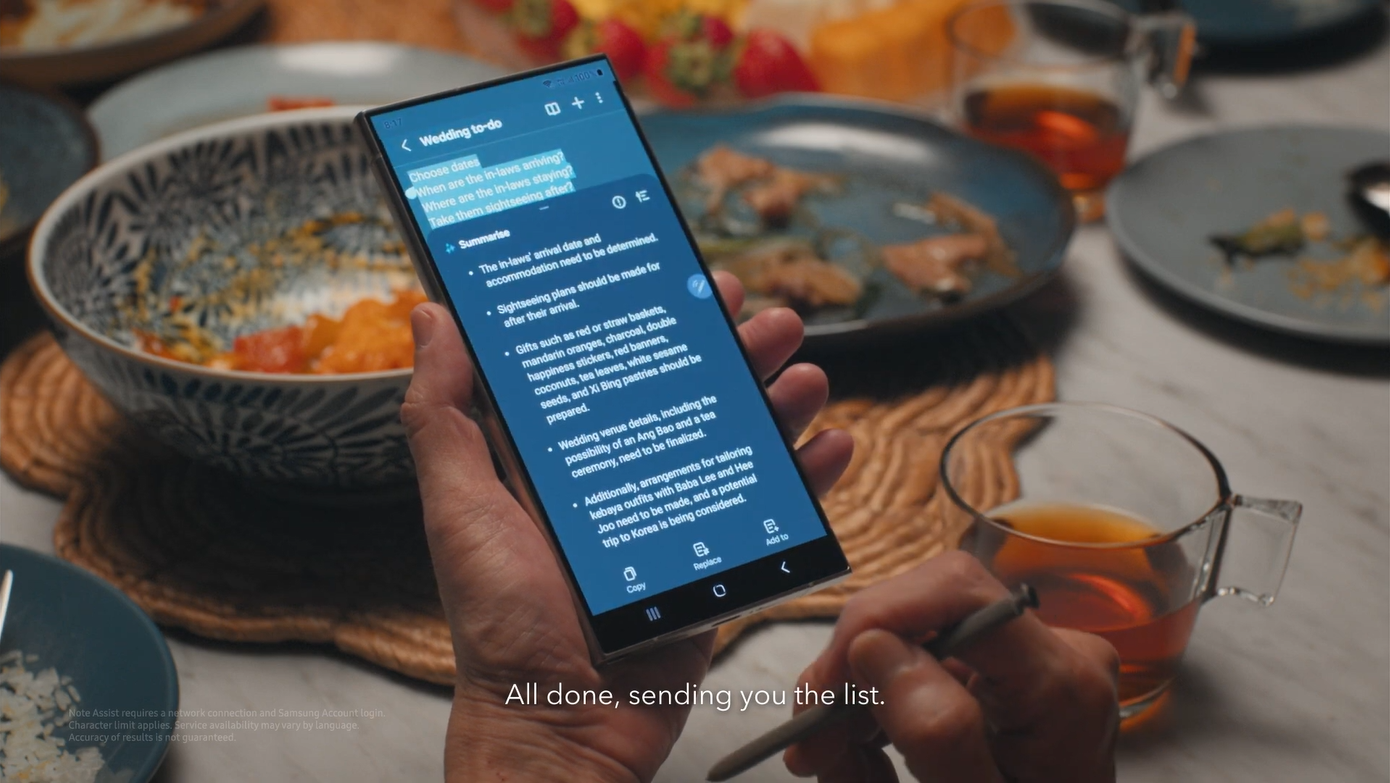 Image credit: Samsung & Singtel
Image credit: Samsung & Singtel
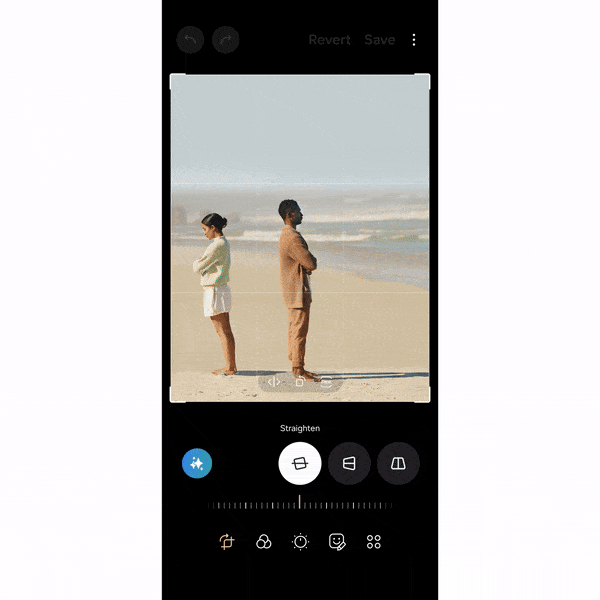
Perfect your travel pictures with the phone’s Photo Assist.
Image credit: Samsung
For starters, the phone is packed full of cutting-edge imaging specs. This includes a 200MP main camera, and a 50MP sensor with a 5x optical zoom lens to help users capture sharper pictures – even from afar. For more creative freedom, tap into Galaxy AI’s editing tools, such as Edit Suggestion and Generative Edit, allowing you to edit your pictures how you want.
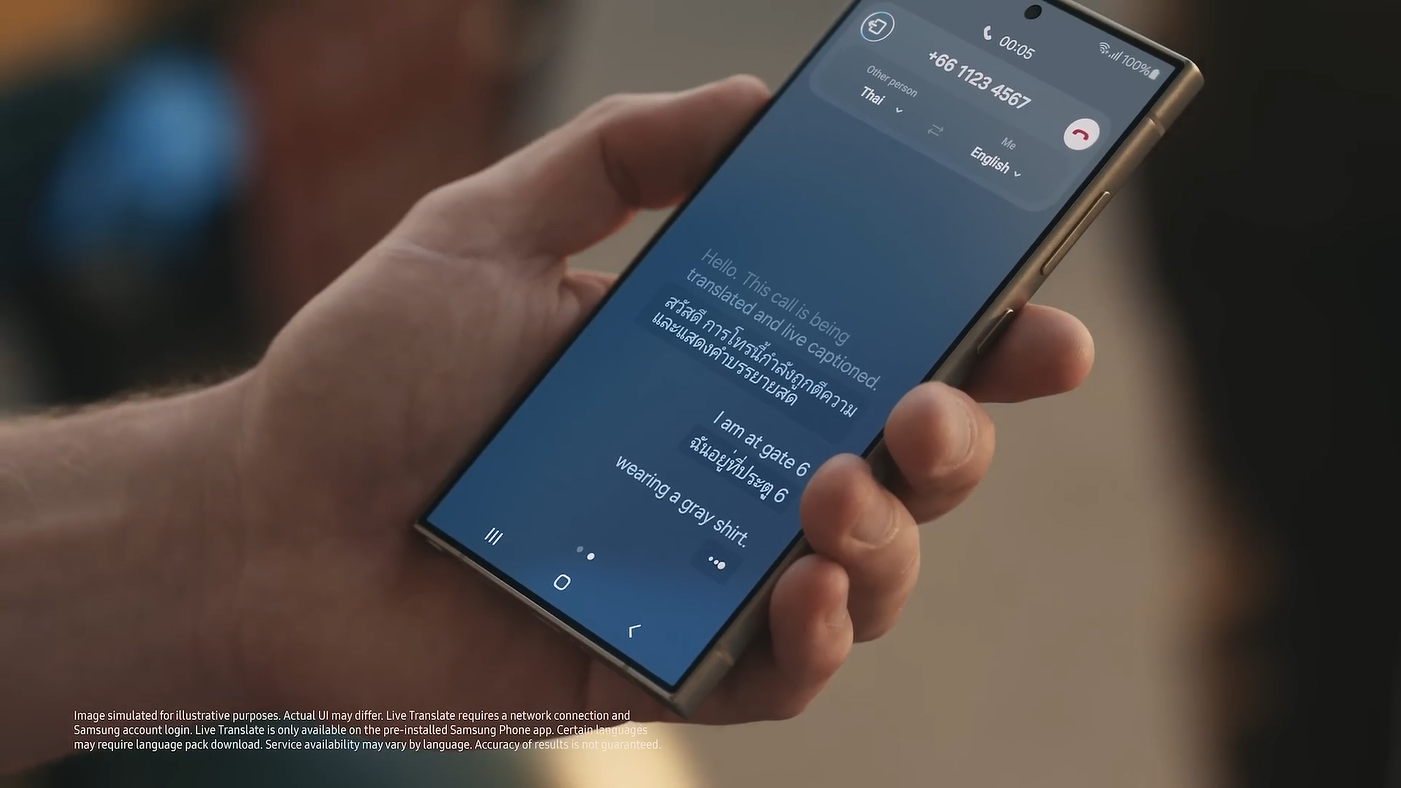 Image adapted from: Samsung
Image adapted from: Samsung
Probably one of the most useful features the phone boasts is its Live Translate function. It facilitates real-time translation over phone calls, so there’s no need to dust off your age-old translation guidebooks or even frantically type away on your phone’s translation apps when you want to make a reservation at a popular spot.
Beyond travel, technology has the ability to create more possibilities to bring people closer together.

Image credit: Samsung & Singtel
That is exactly what Samsung and Singtel’s latest short film, AI Do, is about. The film, directed by Singaporean screenwriter He Shuming, depicts families from different cultures preparing for an all-inclusive wedding. This is all made possible with the AI-centric capabilities of the Samsung Galaxy S24 Ultra and Singtel’s speedy 5G network.
Besides using Live Translate to communicate with each other, the film also showcases other nifty AI features enabled by reliable network connectivity. These include summarising notes on the go with Notes Assist, and the intuitive Circle to Search with Google function that helps bring the on-screen families closer together as they learn more about each other’s customs.
See the Galaxy S24 Ultra in action in Samsung’s short film “AI Do”
Cover image adapted from: u/UnderDog_1983 & u/chez_dre via Reddit
